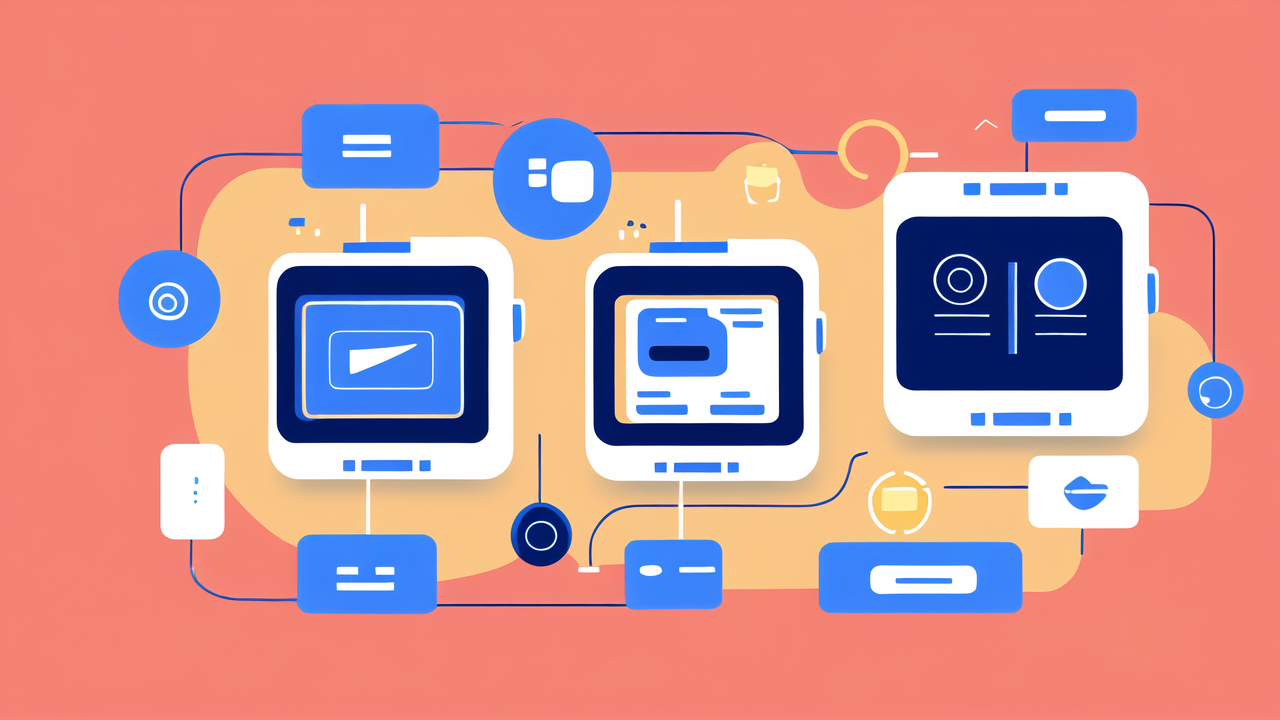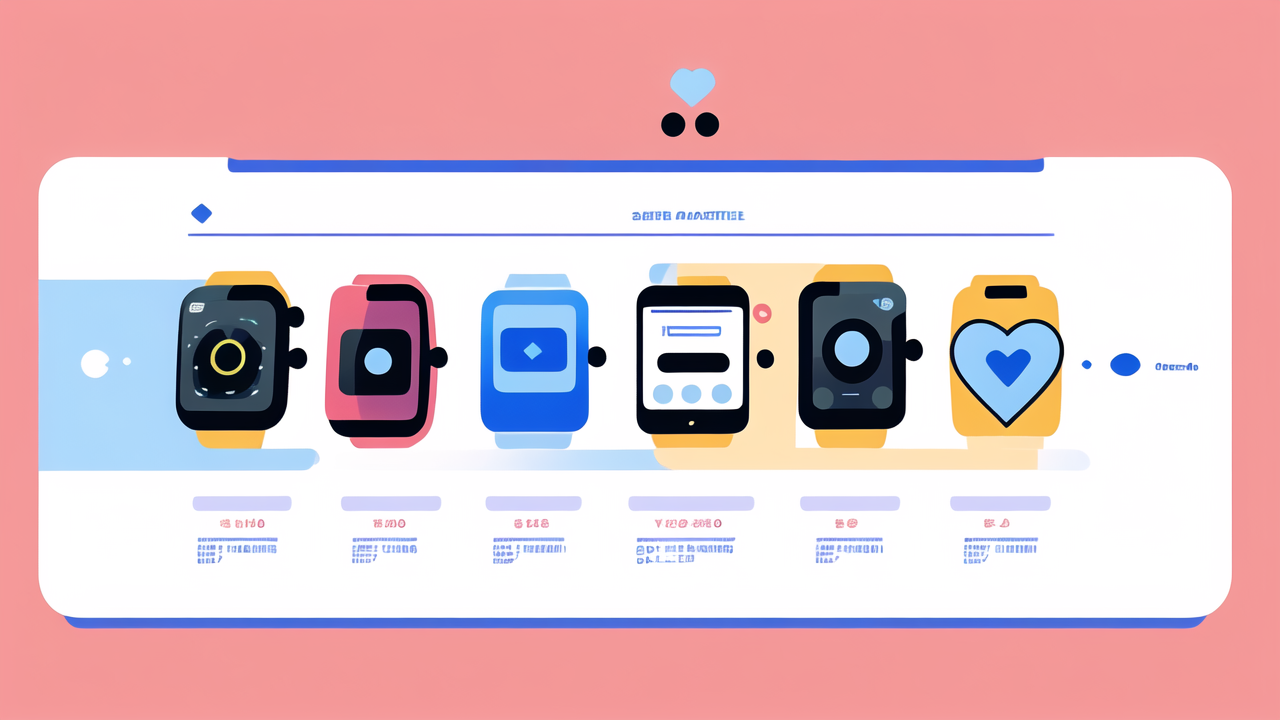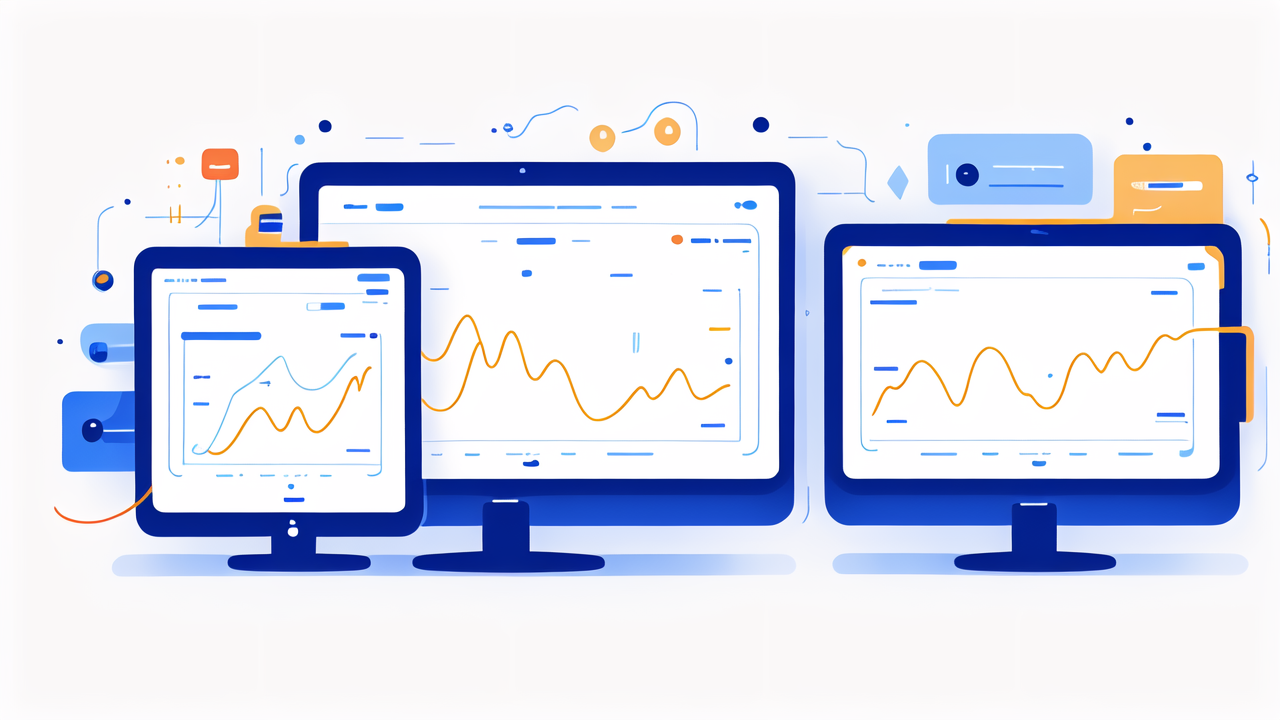The History of Watches: A Timeline from Inception to Modern Day
The Origins of Time Measurement Devices
Humans have always been fascinated by time. Early civilizations used sundials and water clocks. These simple tools marked the passage of hours. As societies grew, so did the need for precise timekeeping.

The first mechanical clocks appeared in the 14th century. They were large and not portable. It wasn't until the 16th century that smaller, wearable timepieces emerged. These early watches were more like small clocks worn as pendants.
Peter Henlein, a German locksmith, is often credited with creating the first true watch. His invention in 1505 marked a turning point in horology. These early watches were not very accurate. They often lost several hours per day. But they paved the way for future innovations.
Technological Innovations in Watchmaking Over the Years
The 17th and 18th centuries saw rapid advancements in watchmaking. The balance wheel and spiral spring improved accuracy. Jewel bearings reduced friction and wear. These innovations made watches more reliable and precise.
In the 19th century, mass production techniques revolutionized the industry. Watches became more affordable and widely available. The American Waltham Watch Company pioneered these methods. They produced interchangeable parts, making repairs easier.
The 20th century brought even more changes. Wristwatches gained popularity during World War I. They were more practical for soldiers than pocket watches. After the war, wristwatches became fashionable for everyone.
The Integration of Quartz in Modern Timepieces
The quartz revolution began in the 1960s. Seiko introduced the first quartz wristwatch in 1969. These watches used battery-powered oscillators. They were far more accurate than mechanical watches.
Quartz technology quickly dominated the market. It offered superior accuracy at a lower cost. Many traditional watchmakers struggled to adapt. The Swiss watch industry faced a major crisis.
Today, quartz watches are still popular. They offer reliability and affordability. But mechanical watches have made a comeback. They are valued for their craftsmanship and heritage. The watch industry now caters to diverse tastes and needs.
Analyzing the QT Smartwatch: Features and Capabilities
Advanced Technology Behind QT Smartwatches
QT Smartwatches represent the cutting edge of wearable technology. They combine traditional timekeeping with advanced digital features. These devices use powerful microprocessors and high-resolution displays.

The heart of a QT Smartwatch is its operating system. It manages all functions and apps. Many use custom versions of Android or iOS. This allows for seamless integration with smartphones.
Connectivity is a key feature of QT Smartwatches. They use Bluetooth to link with phones. Some models have built-in cellular capabilities. This allows them to function independently.
Sensors play a crucial role in these devices. They can track motion, heart rate, and even blood oxygen levels. GPS chips provide location data for fitness tracking and navigation.
Health and Fitness Functions of QT Smartwatches
Health tracking is a major selling point for QT Smartwatches. They can monitor various vital signs. This includes heart rate, sleep patterns, and physical activity.
Many models offer specialized fitness features. They can track workouts and provide coaching. Some even measure swimming performance or golf swings.
QT Smartwatches often include stress management tools. They can detect high stress levels through heart rate variability. Some offer guided breathing exercises to help users relax.
These devices can also remind users to stay active. They may prompt you to stand up or take a walk. Some can detect falls and alert emergency services if needed.
QT Smartwatch's Integration with Daily Life and Productivity
QT Smartwatches aim to seamlessly blend into users' daily routines. They can display notifications from your phone. This includes calls, messages, and app alerts.
Many models support voice assistants like Siri or Google Assistant. This allows for hands-free control and quick information access.
Contactless payments are another convenient feature. Many QT Smartwatches support services like Apple Pay or Google Pay. This lets users make purchases with a tap of the wrist.
Productivity apps are common on these devices. They may include calendars, to-do lists, and note-taking tools. Some even allow for quick replies to messages directly from the watch.
The Future of Watches: Trends and Predictions in the United States
Wearable Technology and the Rise of Smartwatches
The smartwatch market in the US is booming. Sales continue to grow year over year. Apple leads the pack, but other brands are gaining ground.

Future smartwatches may offer even more health features. We might see devices that can monitor blood pressure or glucose levels. This could make them valuable tools for managing chronic conditions.
Augmented reality (AR) might play a role in future smartwatches. Imagine seeing navigation directions overlaid on your real-world view. Or getting real-time translations of foreign languages.
Battery life remains a challenge for smartwatches. Future models may use new technologies to extend usage time. Solar charging or kinetic energy harvesting could be possibilities.
Environmental Concerns and Sustainability in Watch Production
Sustainability is becoming a major focus in the watch industry. Consumers are demanding more eco-friendly options. This includes both traditional watches and smartwatches.
Many companies are exploring recycled materials for watch cases and straps. Some are using ocean plastics or sustainable wood. Others are focusing on reducing packaging waste.
Battery disposal is a concern for smartwatches. Some manufacturers are working on easily replaceable batteries. Others are exploring biodegradable components.
The concept of "slow fashion" is gaining traction in watchmaking. This emphasizes durable, timeless designs over disposable trends. It could lead to watches that last for generations.
The Impact of AI and Machine Learning on Future Timepieces
Artificial intelligence (AI) could revolutionize smartwatches. AI might provide more personalized health insights. It could analyze patterns in your data to offer tailored advice.
Machine learning could improve gesture recognition. This might allow for more intuitive controls. Imagine changing music tracks with a flick of the wrist.
AI assistants on smartwatches may become more capable. They might offer proactive suggestions based on your habits and preferences. This could make the devices feel more like personal assistants.
Privacy concerns will need to be addressed as AI capabilities grow. Users will want control over their data. Balancing convenience with security will be crucial for future smartwatches.




Leave a comment
This site is protected by hCaptcha and the hCaptcha Privacy Policy and Terms of Service apply.